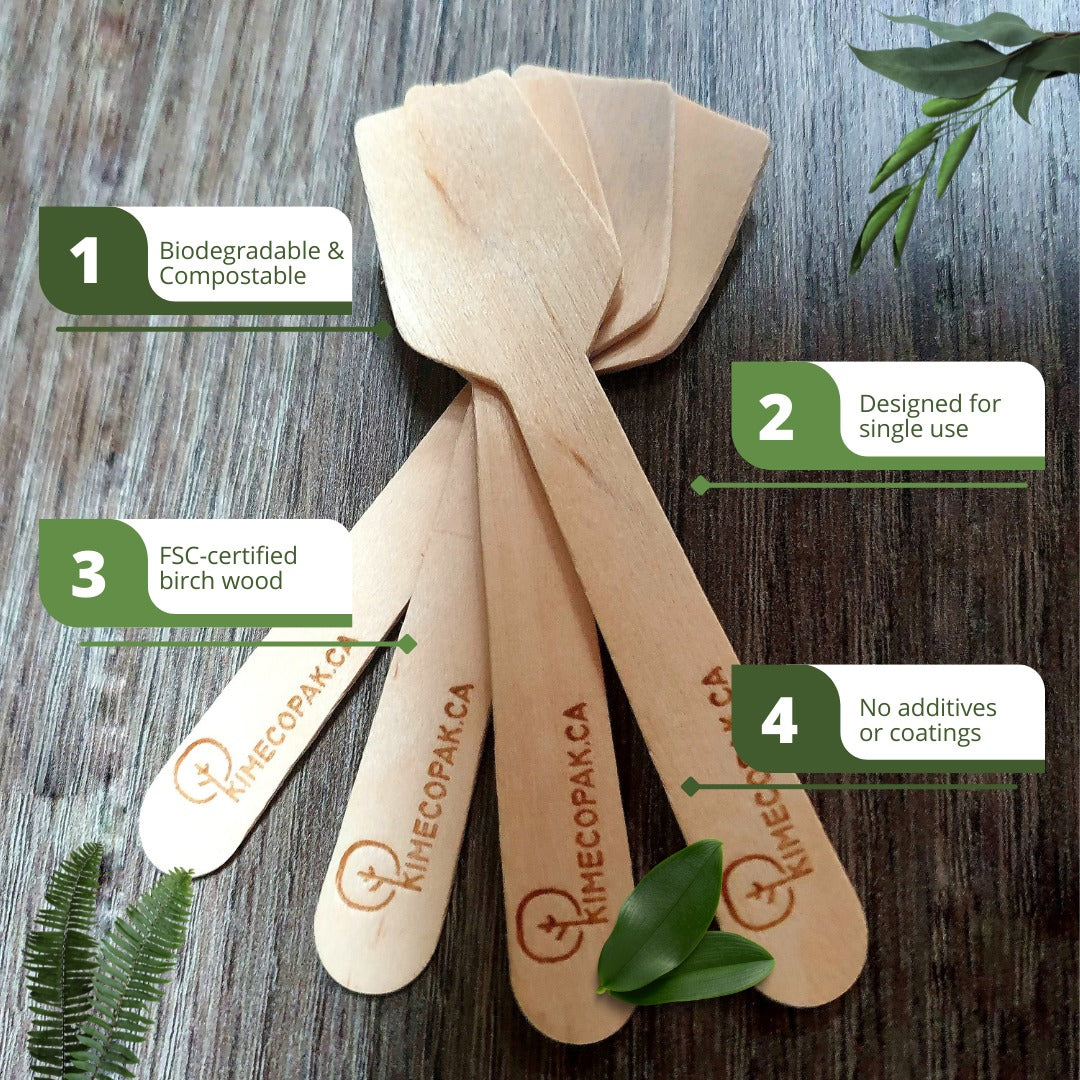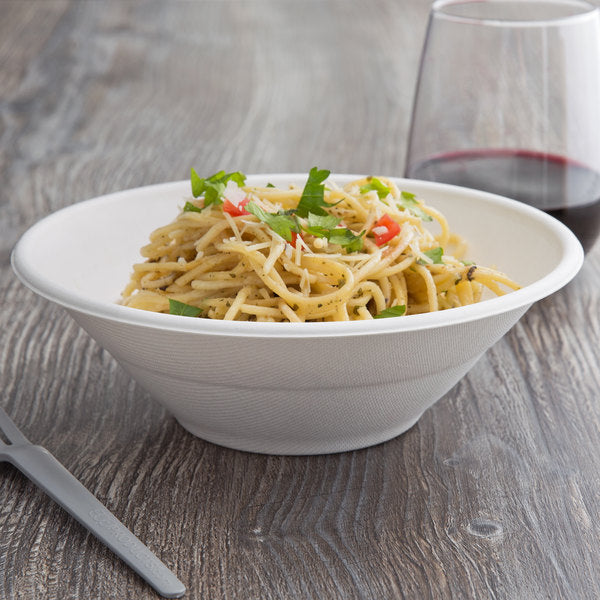Tea has been a beloved beverage for centuries, cherished not only for its diverse flavors but also for its cultural significance and health benefits. Among the many varieties of tea, white tea and green tea stand out as two of the most popular choices, each offering unique characteristics and benefits. Understanding their origins, production methods, and qualities helps in appreciating their distinct appeal.
Types of Tea: Comprehensive Guide Before Starting Your Business
The Origins and Processing Journey

White Tea: The Gentle Approach
- Minimal processing: White tea’s charm lies in its delicate processing, which primarily involves withering and air-drying. This gentle approach preserves the natural qualities of the leaves and buds.
- Made from young leaves and buds: The tea is crafted exclusively from young tea leaves and unopened buds, giving it a unique touch.
- Primarily from Fujian, China: White tea is predominantly produced in the Fujian province, a region celebrated for its ideal growing conditions and traditional methods.
- Least processed of all teas: With its minimal processing, white tea stands as the least altered form of tea, allowing drinkers to experience the pure essence of the leaf without the influence of high temperatures or oxidation.
Green Tea: Stopping Oxidation in Its Tracks
- Oxidation halted by steaming or pan-firing: Green tea is characterized by its processing method, where the leaves undergo steaming or pan-firing shortly after harvest. This prevents oxidation, preserving the green color and fresh qualities of the leaves.
- Made from young to slightly mature leaves: Green tea can be produced from young, tender leaves or slightly more mature ones, lending to a range of flavors based on the age of the leaves used.
- Grown in China and Japan with different processing styles: Both China and Japan have rich traditions of green tea production, with each country employing distinct methods that influence the final product. For instance, Japanese green teas often take on a grassy flavor due to steaming, while Chinese varieties may feature pan-firing techniques that enhance nutty notes.
- Heat treatment preserves the green color: The pivotal heat treatment ensures that the leaves remain vibrant and green, showcasing their freshness and vitality.
Unveiling the Flavor Profiles
The Delicate Taste of White Tea
- Subtle, sweet flavor: When steeped, white tea presents a delicate sweetness that is delightful and refreshing to the palate.
- Floral notes: The brewing process invokes gentle floral aromas, enhancing its overall sipping experience.
- Hints of fruit or hay: Some varieties reveal faint notes of fruit or hay, providing interesting layers to its flavor profile.
- The overall mouthfeel of white tea is soft and smooth, making it an excellent choice for those seeking a gentle, soothing beverage.
The Vibrant Character of Green Tea
- Fresh, grassy flavor: Green tea tends to burst with a fresh, grassy taste that captures the essence of spring. This vibrant flavor is often reminiscent of a lively garden.
- Sometimes vegetal or nutty: Depending on the processing method and origin, green tea can also exhibit vegetal or nutty characteristics, adding depth to its flavor profile.
- Potential for slight bitterness or umami: Certain types of green tea have a mild bitterness or a savory umami quality, providing a complex tasting experience.
- Processing plays a crucial role in shaping the flavor; teas that are steamed might have different profiles compared to those that are pan-fired, creating a diverse range of choices for tea enthusiasts.
In exploring white tea and green tea, we uncover the rich tapestry woven through their shared origins and distinct processing methods, leading to delightful flavor profiles that cater to various palates.
Embracing both teas allows for a broader appreciation of the craftsmanship involved in their creation, and an enriching experience in your cup. Whether you prefer the soothing whispers of white tea or the vibrant energy of green tea, each offers a unique journey worth savoring.

The difference between white tea vs green tea
|
Aspect |
Green Tea |
|
|
Nutritional Content |
Higher catechins and antioxidants (polyphenols). |
Rich in EGCG (boosts metabolism); moderate vitamins (C, B-complex). |
|
Low caffeine (10–15 mg per cup). |
Moderate caffeine (20–35 mg per cup). |
|
|
Flavor Profile |
Mild, delicate, slightly sweet. |
Grassy, vegetal, slightly bitter. |
|
Processing Methods |
Minimal processing; air-dried. |
Steamed or pan-fried to halt oxidation. |
|
Health Benefits |
Supports skin health, anti-aging, and cardiovascular health. |
Aids weight loss, boosts brain function, reduces chronic disease risks. |
|
Brewing Techniques |
Cool water (160–185°F / 70–85°C); steep for 3–5 minutes. |
Hotter water (175–190°F / 80–90°C); steep for 2–3 minutes. |
|
Cultural Significance |
Historically reserved for Chinese royalty. |
Integral to Japanese and Chinese tea ceremonies. |
|
Price and Availability |
More expensive; premium varieties like Silver Needle are limited. |
Widely available and affordable; includes varieties like matcha and sencha. |
|
Environmental Impact |
Smaller-scale production; often organically grown. |
Larger-scale production; varies in sustainability. |
|
Consumer Preferences |
Appeals to those seeking luxury, mild flavor, and skincare benefits. |
Popular among health-conscious consumers for energy boost and weight loss. |
What is the difference between brewing white tea and green tea?
Brewing white tea vs green tea may seem similar, but the differences in their preparation are essential to unlocking the full potential of their unique flavors and health benefits. Here’s a breakdown of how to properly brew each type of tea:
|
Aspect |
White Tea |
Green Tea |
|
Water Temperature |
160–185°F (70–85°C) |
175–190°F (80–90°C) |
|
Steeping Time |
3–5 minutes |
2–3 minutes |
|
Leaf Quantity |
1 to 1.5 teaspoons per cup |
1 teaspoon per cup |
|
Re-Steeping |
Good for 2–3 infusions, steep longer each time |
Good for 1–2 infusions, steep slightly shorter each time |
|
Flavor Profile |
Mild, sweet, floral, or honey-like |
Grassy, vegetal, nutty, slightly bitter |

Both white and green tea are great options, depending on your personal preferences:
- If you like a milder flavor with less caffeine, choose white tea.
- If you want to boost your energy and aid in weight loss, green tea is the way to go.
Does Tea Have Caffeine? Tips for Lowering Caffeine in Your Tea
Conclusion
In summary, while white tea and green tea differ in caffeine content, antioxidant profiles, and flavor, both deliver remarkable health benefits. Embracing the nuances of these teas encourages exploration and enjoyment. I encourage you to experience both varieties to determine your personal favorite and enrich your daily routine.
FAQ
Is white tea or green tea better for weight loss?
Both teas have unique antioxidant properties that can aid in weight loss. Green tea, with its metabolism-boosting catechins, may offer a slight edge, but white tea also supports healthy weight management due to its low calorie and rich polyphenol content.
Does white tea have less caffeine than green tea?
Generally, yes. White tea typically contains less caffeine than green tea, but this can vary based on the specific tea leaves and brewing method used.
What is the main difference in how white tea and green tea are processed?
White tea undergoes minimal processing, using young leaves and buds, while green tea is made by halting oxidation with heat, resulting in different flavor profiles and chemical compositions.
Which tea has a stronger flavor, white or green?
Generally, green tea tends to have a stronger and more robust flavor compared to the delicate and subtle taste of white tea, though individual experiences may vary based on the specific types and preparation methods.







